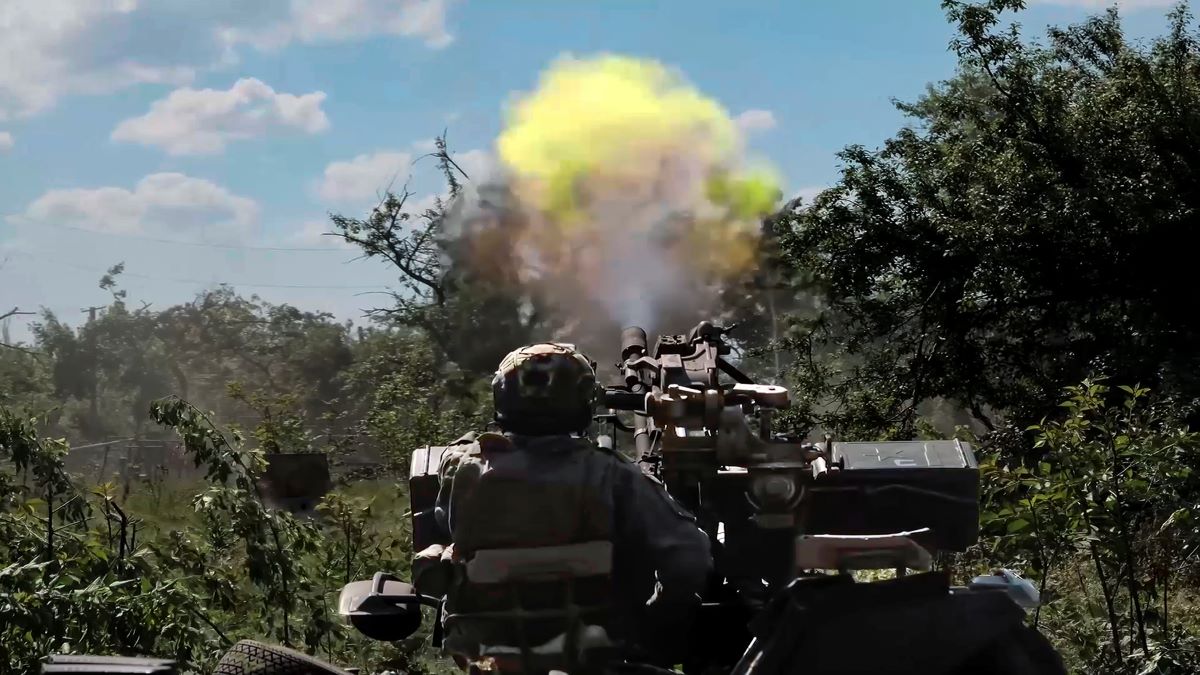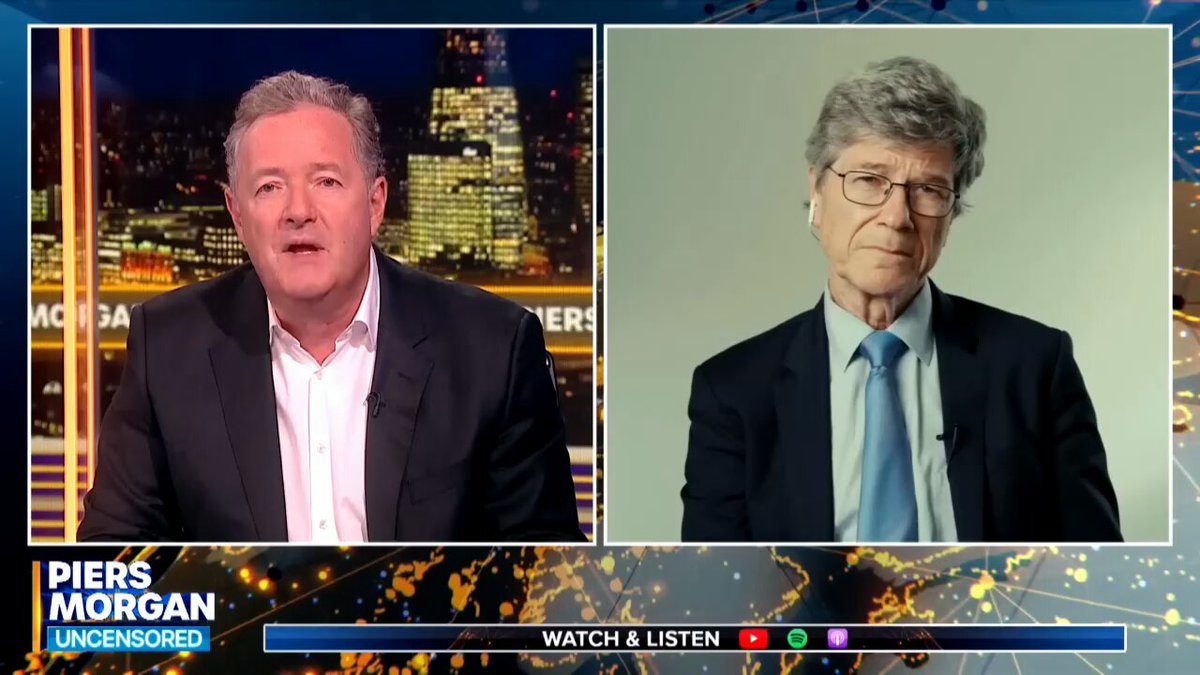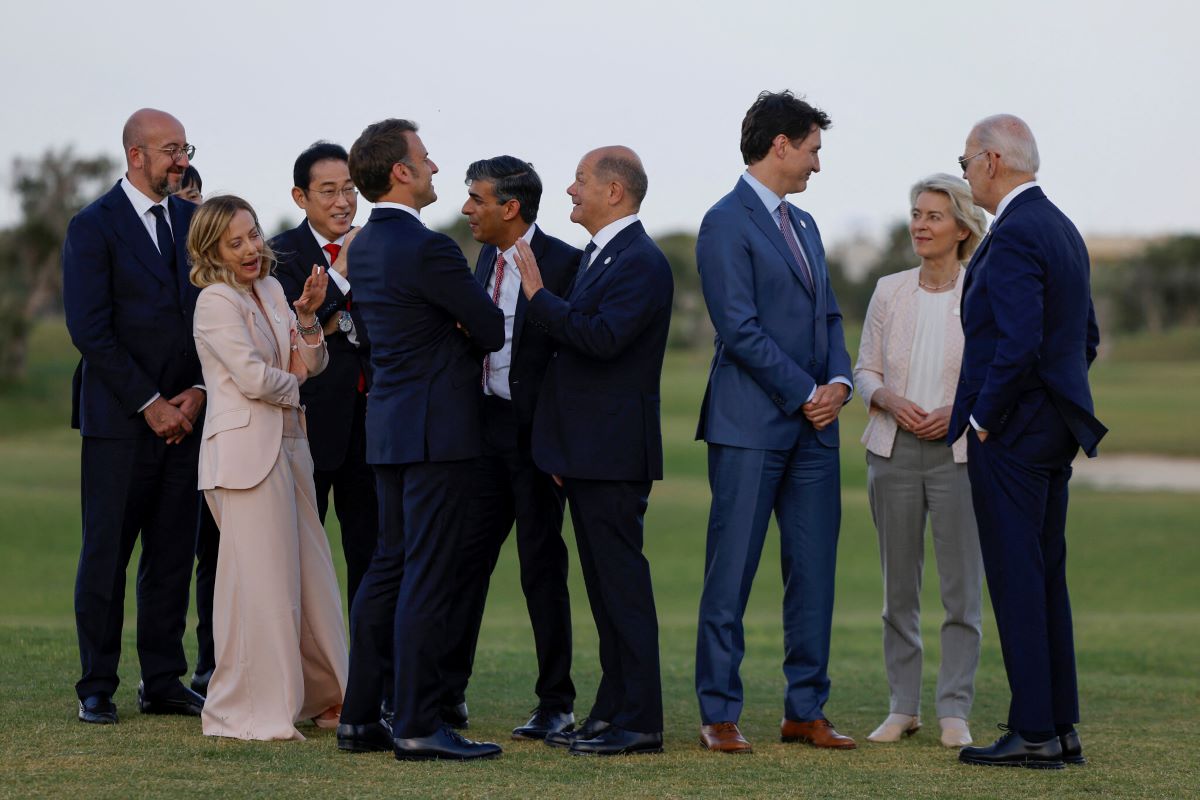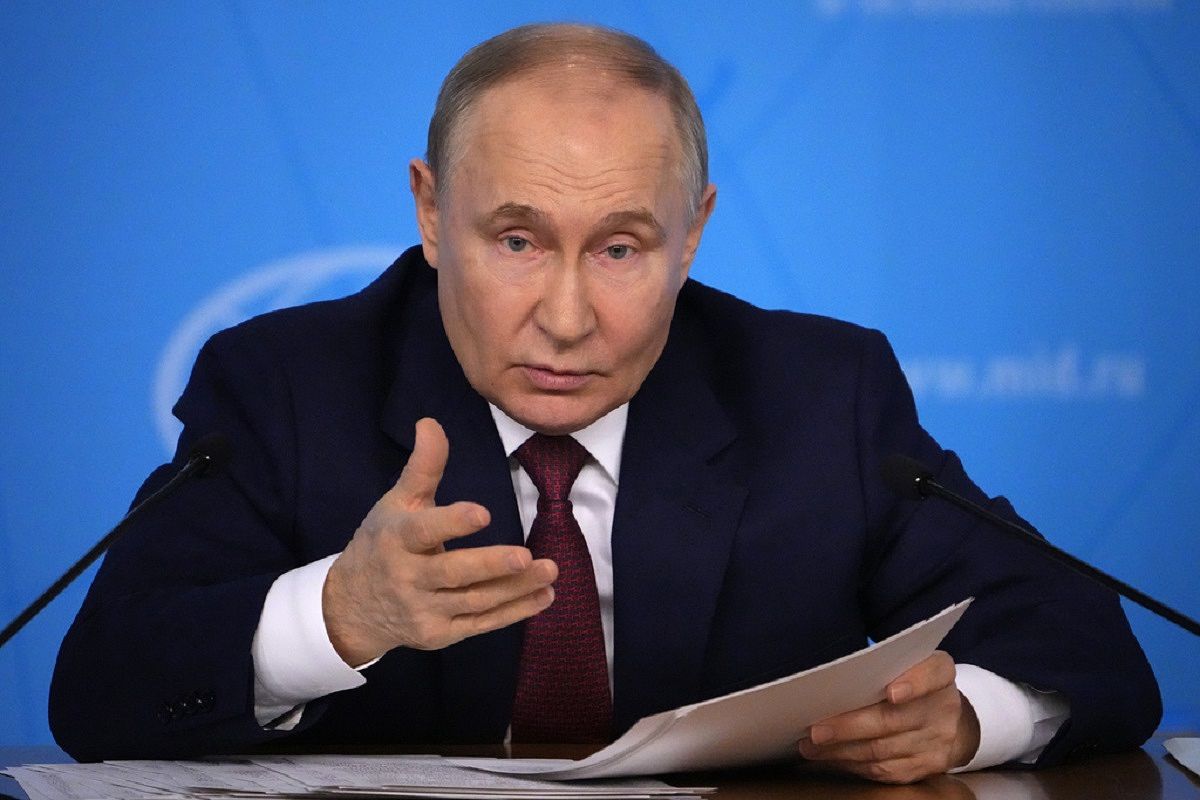NATO is about to allow Ukraine to attack Russian territory with Western weapons, crossing a previously inviolable line. This shift, initially deemed unlikely, is now supported by most European countries except Rome. The U.S. has drawn a vague boundary around Kharkiv. Western military aid to Ukraine has evolved from defensive equipment to advanced offensive weapons, including long-range missiles and F-16 jets. This could lead to a point of no return, with NATO ready to send troops and Russia considering the use of demonstrative nuclear weapons, turning the crisis into a global conflict with no more red lines, only points of no return.
* * *
by Biagio Di Grazia
Many are questioning the number and nature of the “red lines” that NATO and Russia have agreed not to cross and how they relate to the “points of no return” that could trigger a global war between the two sides.
There is no doubt that NATO is about to erase a once-considered “bastion” red line by allowing Kyiv to attack Russian territory with Western weapons. What was considered little more than a “joke” by the dynamic Secretary General Stoltenberg a few days ago has become a widely shared programmatic line that only Rome and a few other European capitals have not yet adopted. The U.S. has set a vague limit by defining the territory of “Kharkiv and slightly beyond” without clarifying what it means or includes.
Everyone remembers that regarding the armaments to be provided to Ukraine, it started with helmets and bulletproof vests, then moved on to various weapons, all strictly defensive; then came the tanks, first “scrap metal from the warehouse,” then new and modern ones; then short-range missiles, followed by long-range ones like ATACMS, Storm Shadow, and SCALP; then anti-aircraft systems throughout the arsenal, from shoulder-fired tubes to Patriot and SAMP-T; finally, the F-16s; not to mention the provision of intelligence networks to direct operations and training networks.
“Everything strictly defensive,” it was said, to allow Ukrainians to defend themselves, and this was a thesis and a “red line” not to be crossed: completely forgotten! Now that line is about to be definitively erased, and authorization is given to attack Russian territory in an “offensive mode.” Some have tried to define this mode as “selectively defensive,” just as NATO defined the bombs on Yugoslavia as “humanitarian.”
Was all this foreseen, or was it a secret hope that came true over time? Whose fault it is, was the death of so many young people worth it? One wonders what lies beyond. It is evident that beyond lies only the deployment of regular NATO troops in Ukraine, as anticipated by French President Macron and many others, and the very active Stoltenberg echoed by announcing that a force of 300,000 “rapid intervention” soldiers is ready.
But sending troops to Ukrainian soil (there are already many informally!) is not another “red line,” but a true declaration of war that disavows not only the Alliance Charter, which is characterized as a Defensive Coalition, but also the assurances provided by all governments as the basis for Western support to Ukraine. NATO has thus reached the “point of no return,” to which Russia is about to respond by defining its own point of no return, which seems to be the launch of a demonstrative nuclear bomb. All high-level Russian leaders support such a deterrent intervention conceived by the well-known political scientist Suslov, and it seems that the only one in doubt is President Putin, who has the final decision.
The chosen location would be Novaya Zemlya, an archipelago of islands belonging to the Federation, Arkhangelsk Oblast, where the USSR tested nuclear weapons until 1990.
In essence, from now on, there are no more red lines, but “points of no return” in comparison; NATO’s point is based on conventional armament, strong in its superiority; Russia responds by setting its “no return” point on nuclear armament. Red lines have thus disappeared, and the global NATO-Russia confrontation becomes the next move that could find the hellish trigger at any moment by either side, except blaming the opposing side. If this happens, history will hardly say who was right because humanity might no longer exist.
Il Fatto Quotidiano, June 5, 2024





